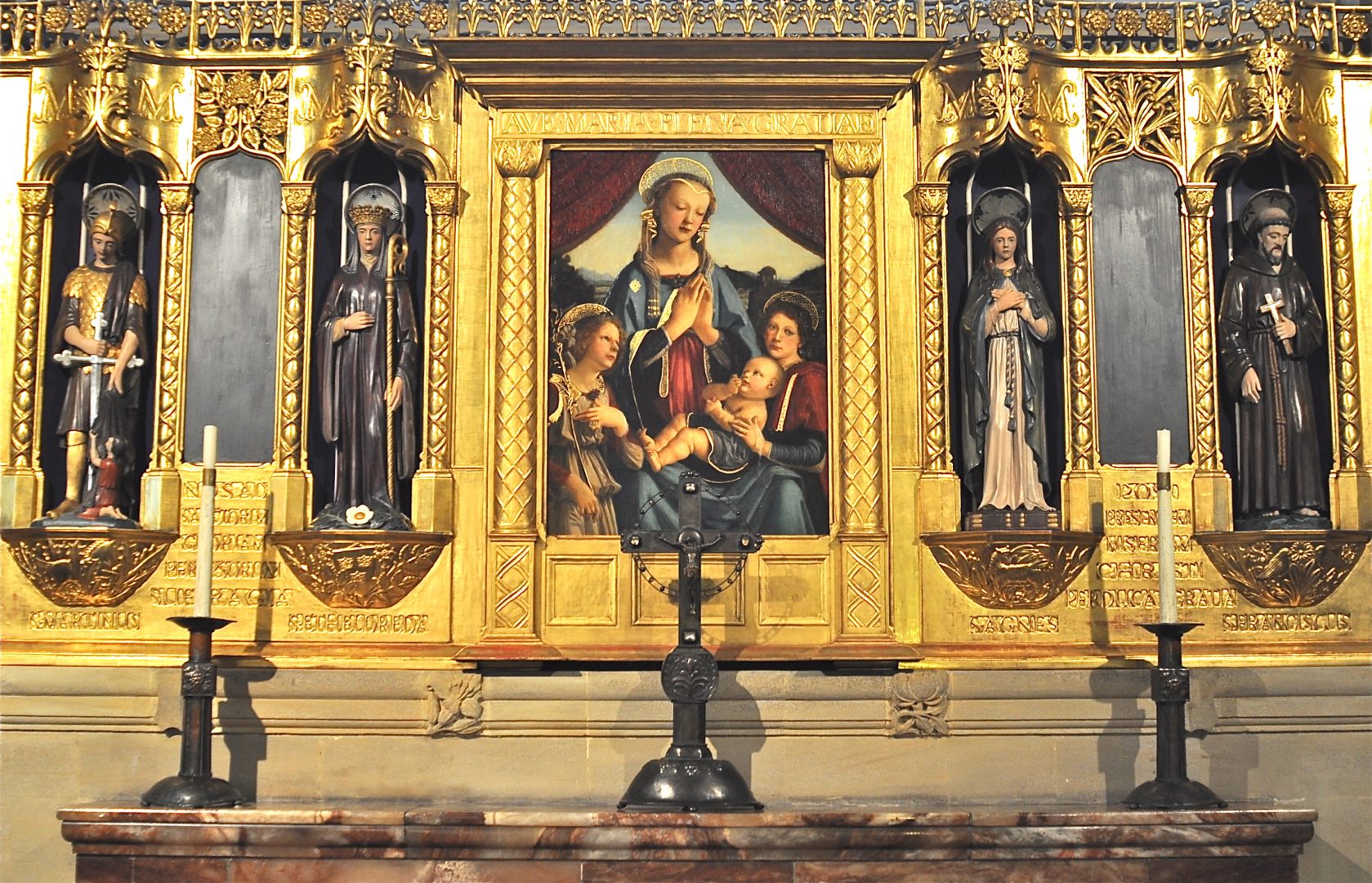
History of St John’s
About Our Church
St John’s was opened in 1831, and was originally a Chapel of Ease for St Mary Magdalene, Richmond’s Parish Church. It was designed by Lewis Vulliamy for the Church Commissioners and built at a cost of £5,633. In 1838, it became a separate parish and for 40 years maintained an evangelical tradition under its first vicar, Canon John Hales.
When Canon Hales died in 1879, a vicar was appointed (Revd. Henry Miller) who had decidedly Anglo-Catholic tendencies and by the turn of the century high church worship had become firmly established. The church’s social mission expanded dramatically: St John’s House provided meals and care for the poor and sick; a Boys’ Rowing Club was formed; and the Working Men’s Club in Larkfield Road boasted a bagatelle room, a card room and a reading room. In addition, there were three church schools that maintained a consistently high standard.
Since the beginning of the last century St John’s has been renowned for its standard of music and worship. Well-loved vicars have included the noted theologian, Canon V. Auguste Demant, and Canon Helby Chambers. Among the congregation there have been famous names like T.S. Eliot and Dorothy L. Sayers.
In 1992, St John’s, together with St Matthias and St Mary Magdalene, became part of the Richmond Team Ministry, each church retaining its own identity and liturgy.
The church originally had a gallery on three sides, with a second upper gallery (for children!) at the west end. In 1905, Arthur Grove extended the church by adding the sanctuary and Lady Chapel. Together with friends from the Arts and Crafts Movement (including Eric Gill and N.H.J. Westlake) he created an harmonious extension. In 1921, a large blue and gold cross, carved by a nun from one of the London convents, was hung and in the 1960s the Stations of the Cross were carved by Freda Skinner, a pupil of Henry Moore, based on the Stations by Eric Gill in Westminster Cathedral. Eric Gill’s own work in the church can be seen in the stone carving over the sacristy door and on the triptych.
The triptych behind the altar was completed in 1908 by N.H.J. Westlake who also painted the sanctuary ceiling which illustrates passages from the Book of the Revelation, chapter 14.
The organ, built by Beale and Thynne, was dedicated in December 1896. Thynne is reputed to be the finest voicer of organs this country has ever known.